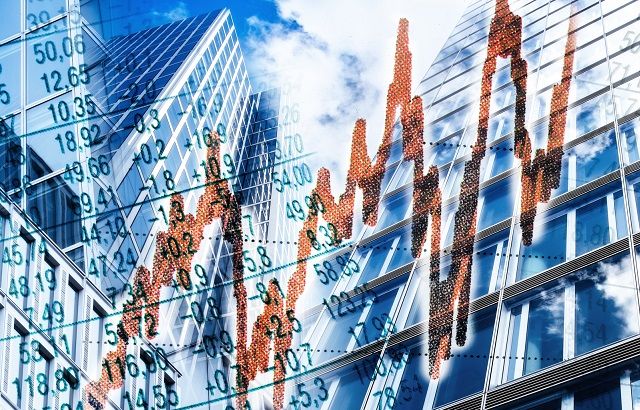Investors have given absolute return funds the cold shoulder since the second half of last year following a period of sustained underperformance.
Non-directional multi-strategy funds – such as Standard Life Gars, Invesco Global Targeted Returns and Nordea Stable Return – might have offered investors a buffer during the worst of last year’s volatile autumn sell-off but continued to lose money to the disappointment of investors.
Multi-strategy absolute return funds have suffered combined net outflows of €14.8bn since October according to Morningstar, and long/short equity market-neutral funds also suffered hefty outflows over the period.
An alternative to cash
“Investors have been leaving absolute return funds in droves,” said Tim Peeters, a fund selector at Miles Ahead Investment Company in Antwerp.
“Most people bought into absolute return as a substitute for low-yielding fixed income funds and are now abandoning the asset class because of the disappointing returns,” he said.
Peeters said he viewed absolute return funds as a better alternative to cash. Many clients, he said, have been seeking to reduce their exposure to absolute return in the light of the outflows but he cautioned against such moves.
“Reducing absolute return normally results in a higher equity weighting. But I do not see equity as a good substitute for absolute return, because it has a very different risk profile,” he said.
Moreover, in comparison to cash, absolute return still looks favourable, Peeters said. “If you hold cash, you know you are going to lose money with current [ultra-low] interest rates. Absolute return, on the other hand, can still deliver you a small return,” he said.
An alternative to cash that delivers modest returns may be the sum ambition of absolute return funds at the present time – it’s hard to find a non-directional, diversified absolute return fund that has made any money over the last three years (see chart).

Nonetheless, Peeters is confident the asset class will turnaround. “Some pockets [of assets] in absolute return funds could perform better when equity market volatility increases,” he added.
Not an alternative to bonds
Alvaro Martín Sauto, head of fund-of-funds at Bankia in Madrid, stressed that absolute return should not be viewed simply as an alternative to low-yielding fixed income.
“Many investors selling absolute return funds recently have been trying substitute investments in fixed income and cash with absolute return – but it’s not as simple as that,” he said.
“The risk profile of absolute return funds is very different from bond funds. We have always regarded absolute return as an asset class in its own right; maintaining a liquid alternatives bucket with various sources of alpha,” Sauto added.
Martín Sauto said Bankia has been rowing against the tide and it its exposure to absolute return funds this year.
“In light of the more negative yields of eurozone government bonds, we reduced our exposure and increased the allocation to absolute return in our most conservative profiles from 20% to 25-30% over the last six months,” he said.
Martín Sauto concedes its hard work to construct a liquid alternatives bucket that can achieve Bankia’s annual return target of 2-4%. “We are trying to extract more alpha from this bucket and are analysing more managers and strategies than before to ensure we have a more diversified liquid alternatives portfolio,” he added.
Long/short equity
Martín Sauto’s liquid alternatives portfolio at Bankia has six funds: two arbitrage funds and four flexible long/short equity funds (see chart).

“To achieve our target return, it’s necessary to have exposure to equity-market risk and to have some directional bias as well,’ Martín Sauto said, explaining the focus on long/short equity funds.
Most of the long/short equity funds in the portfolio only invest in European equities, but Martín Sauto added he has also selected Schroders Gaia Sirios, a US equity market-neutral fund. He said he deliberately invests in a non-hedged share class, and not just because it’s expensive to hedge because of the interest rate differential. “We see the dollar as an additional uncorrelated performance source, and use funds to gain exposure,” he said.







